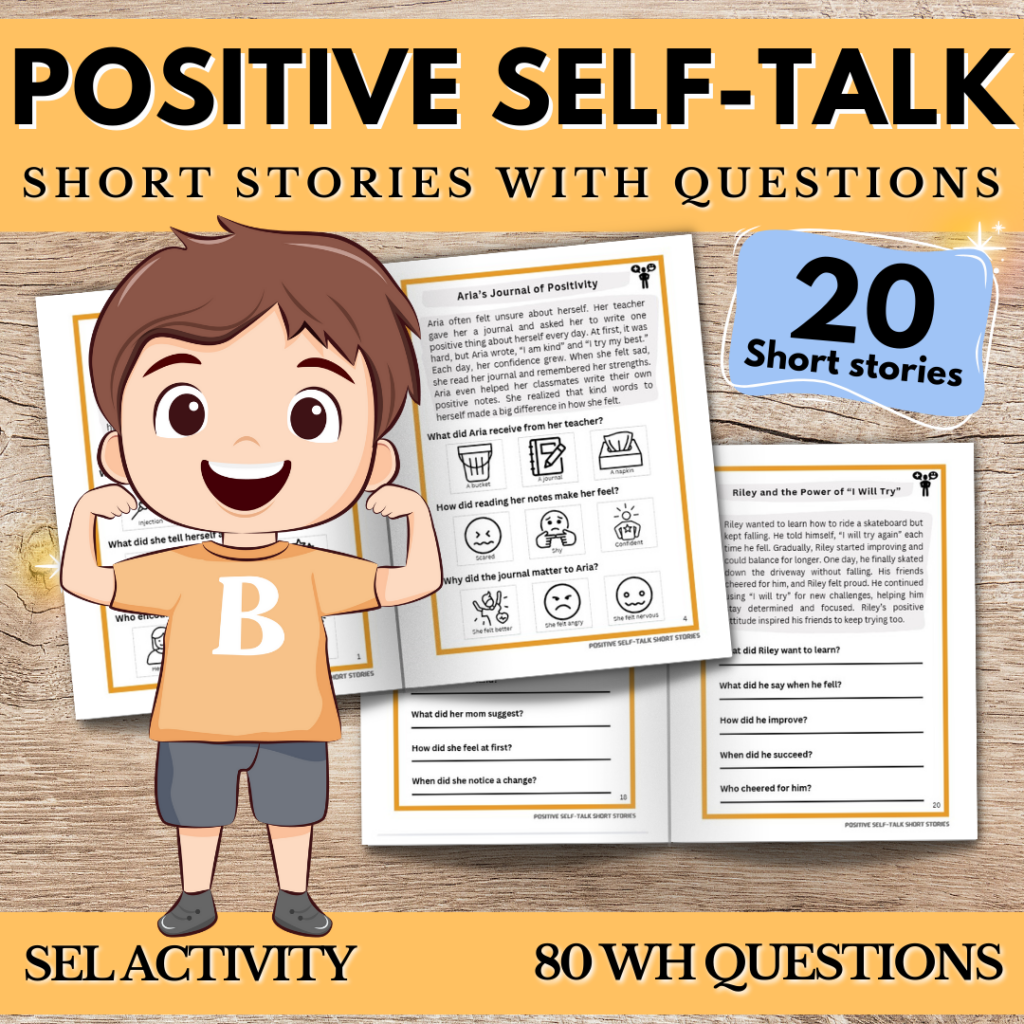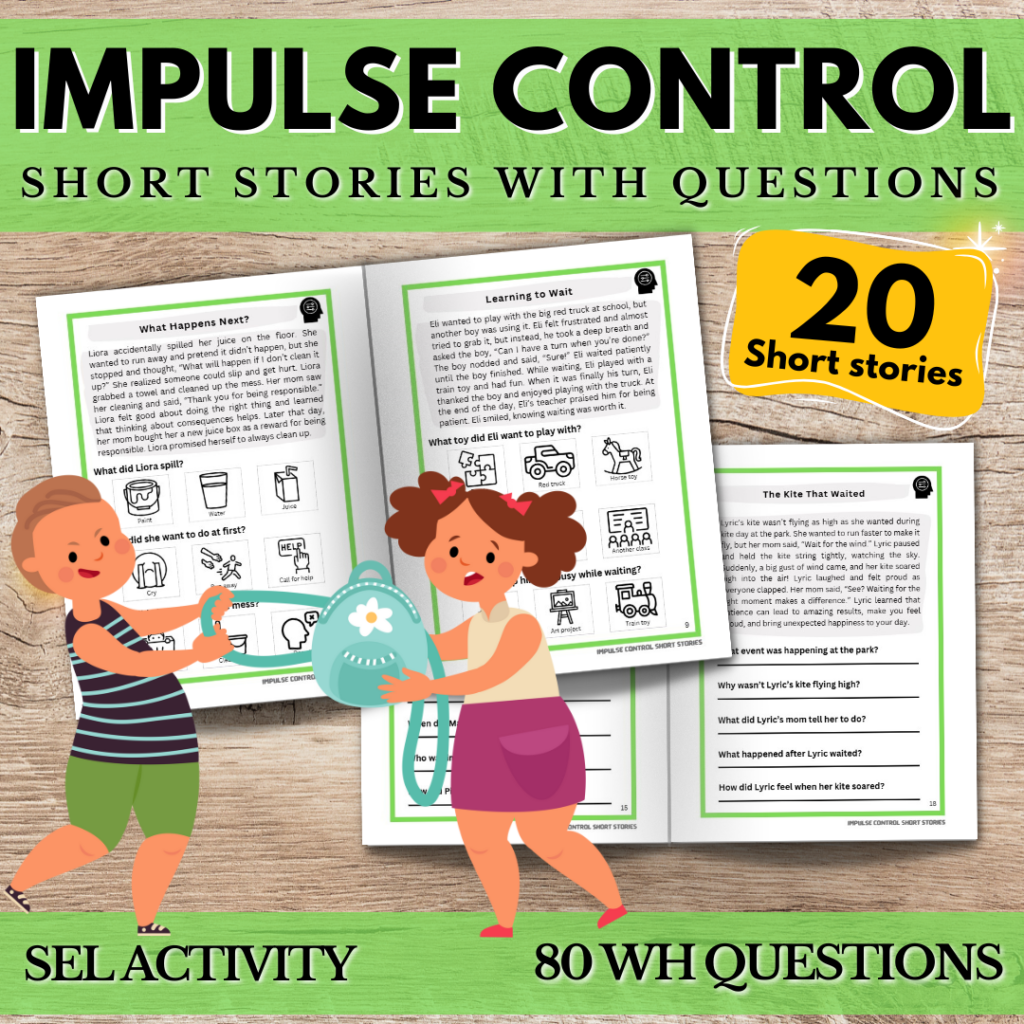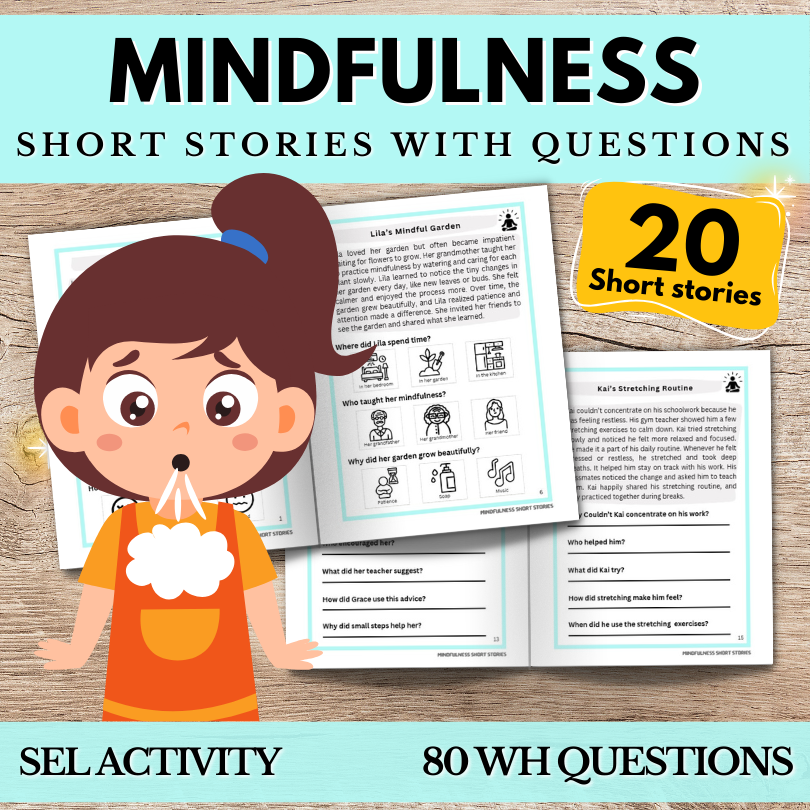Introduction
Imagine being a child who feels overwhelmed by loud sounds, sudden changes, or confusing emotions—and not knowing how to express it. For many children with autism, emotional regulation isn’t just difficult; it can feel impossible at times. That’s where mindfulness steps in.
Mindfulness offers a powerful, science-backed way to help children with autism better understand, manage, and express their emotions. In this article, you’ll learn how mindfulness transforms emotional regulation in children with autism, which techniques work best, and how you can start using them today—whether you’re a parent, therapist, or educator.
Let’s explore how small mindful moments can lead to big emotional breakthroughs!
I. What Is Mindfulness and Why It Matters for Children with Autism
1. Simple Definition of Mindfulness for Children
Mindfulness means paying attention to the present moment without judging it. It’s noticing how we feel, what we see, and what’s happening right now. For children, it’s like pressing the “pause” button to focus on breathing, feelings, and surroundings.
For children with autism, mindfulness is especially helpful because it teaches them how to notice and handle their emotions before they become too big to manage.
2. Why Autistic Children Benefit from Mindfulness
Children with autism often experience:
- Intense emotions that are hard to express.
- Sensory overload from loud sounds, bright lights, or busy places.
- Rigid thinking patterns that make it hard to adapt to changes.
Mindfulness can help by:
- Reducing anxiety and emotional outbursts.
- Improving body awareness and self-control.
- Building coping skills during tough moments.


Research shows that mindfulness can lead to better emotional regulation, fewer meltdowns, and stronger social connections for children with autism (Spek et al., 2013).
3. Research Highlights: Mindfulness and Autism
Several studies have found mindfulness practices helpful for autistic children. One study published in the Journal of Autism and Developmental Disorders found that children who practiced mindfulness showed fewer emotional difficulties and improved social interactions (de Bruin et al., 2015).
Mindfulness doesn’t erase challenges, but it gives children powerful tools to manage emotions better and recover faster when things get overwhelming.
II. How Mindfulness Improves Emotional Regulation in Children with Autism
1. Building Emotional Awareness Through Mindfulness
The first step to managing emotions is recognizing them. Mindfulness teaches children to notice when they’re starting to feel upset, frustrated, or anxious.
Simple activities like “Name That Feeling” (e.g., “I feel nervous”) help children build emotional vocabulary and awareness.
2. Developing Self-Soothing Techniques
Instead of reacting right away, mindfulness encourages children to pause and use calming strategies. These might include:
- Deep breathing exercises
- Tactile tools like squeezing a stress ball
- Grounding techniques like feeling the floor with their feet
These skills help children move from emotional overload to a place of calm.
3. Increasing Cognitive Flexibility and Coping Skills
Mindfulness strengthens the brain’s ability to shift focus and adapt to changes. This is important because many children with autism find it hard to change plans or move between activities.
Practicing mindfulness helps children:
- Cope better with unexpected changes
- Recover faster after getting upset
- Stay focused even when they’re frustrated
III. Best Mindfulness Techniques for Emotional Regulation in Autism
1. Breathing Exercises for Emotional Control
Breathing exercises are one of the easiest mindfulness tools for kids. Try:
- Smell the Flower, Blow Out the Candle: Pretend to smell a flower, then blow out a candle.
- Bubble Breathing: Imagine blowing bubbles slowly without popping them.
Visual cues like pictures of flowers and candles can help children remember to practice.
2. Body Awareness and Sensory Grounding
When emotions are big, sensory grounding techniques can help:
- 5-4-3-2-1 Technique: Name 5 things you see, 4 you can touch, 3 you hear, 2 you smell, and 1 you taste.
- Body Scans: Gently notice each part of the body from head to toe.
These methods connect the mind and body, which is critical for children with sensory sensitivities.

3. Mindful Movement and Yoga for Children with Autism
Movement-based mindfulness is great for children who find stillness difficult. Some ideas:
- Animal walks: Move like a bear, snake, or frog.
- Simple yoga poses: Tree pose, cat-cow stretch.
Movement helps regulate energy and emotions while keeping mindfulness fun.
4. Visualization and Guided Imagery
Create stories that help children relax:
- Imagine floating on a calm river.
- Picture a peaceful garden full of colorful flowers.
Using visuals taps into the child’s imagination and promotes a feeling of safety.

IV. Practical Tips for Teaching Mindfulness to Children with Autism
1. Start Small and Use Visual Supports
Start with short sessions (1–2 minutes) and grow over time.
Use:
- Visual schedules
- Social stories about mindfulness
- Picture cards for breathing or grounding exercises
Consistency is key!
2. Make Mindfulness Fun and Playful
Children learn best through play. Try:
- Mindful treasure hunts (find things that feel soft, rough, warm)
- Breathing games (who can blow the biggest pretend bubble?)
Use characters or interests your child loves, like superheroes or animals.
3. Practice Mindfulness Together
Children copy what they see. Practice mindfulness with them:
- “Let’s do 3 slow breaths together.”
- “Let’s notice what sounds we hear outside.”
Shared experiences help build connection and trust.
V. Common Challenges and How to Overcome Them
1. Resistance to New Activities
Children might say “no” to mindfulness at first—and that’s okay.
Tips:
- Offer choices (“Would you like to do breathing or stretching?”)
- Keep it low-pressure and light-hearted.
2. Sensory Sensitivities and Adaptations
Some children might not like certain mindfulness exercises.
Modify activities:
- Use soft textures instead of deep pressure.
- Play calming music if silence feels uncomfortable.
3. Maintaining Consistency and Patience
Mindfulness is a long-term practice, not a one-time fix.
Celebrate small wins:
- “You remembered to breathe before getting upset! Amazing!”
- “You tried a new calming game today!”
Even tiny steps lead to big progress over time.
VI. Conclusion: Mindfulness as a Lifelong Emotional Regulation Tool
Mindfulness isn’t just a calming trick—it’s a lifelong skill that helps autistic children:
- Understand their feelings
- Respond with calm strategies
- Adapt to changes with more confidence
When taught with patience, playfulness, and support, mindfulness becomes a bridge to emotional resilience, better communication, and stronger relationships.
Every small mindful breath, every moment of noticing emotions, builds emotional strength that lasts a lifetime.
Freebie
If you’re ready to help a child with autism build emotional regulation skills through mindfulness, start with just one small activity today—a deep breath, a mindful walk, or a calming story.
Your consistent support can make a lasting difference.
👉 Download our free “20 Mindfulness Real-life Scenarios with Comprehension Questions for Children with Autism” to get started!

📚 References:
- Spek, A. A., van Ham, N. C., & Nyklicek, I. (2013). Mindfulness-based therapy in adults with an autism spectrum disorder: A randomized controlled trial. Research in Developmental Disabilities, 34(1), 246–253.
- de Bruin, E. I., Sieh, D. S., Zijlstra, B. J., & Bögels, S. M. (2015). Mindful parenting in children with autism spectrum disorder: A randomized controlled trial. Journal of Child and Family Studies, 24(2), 309–323.